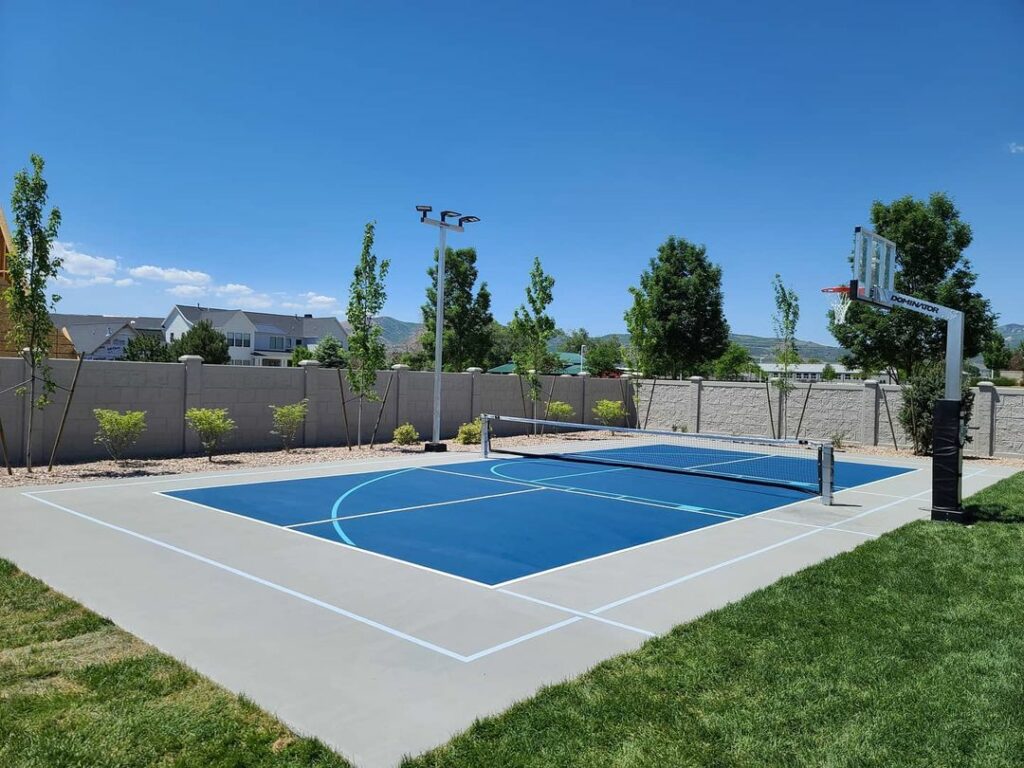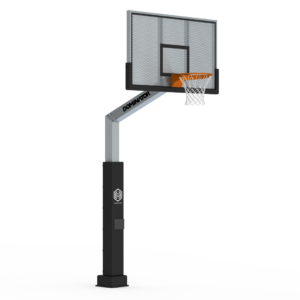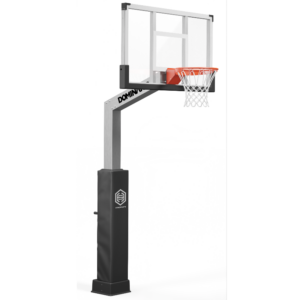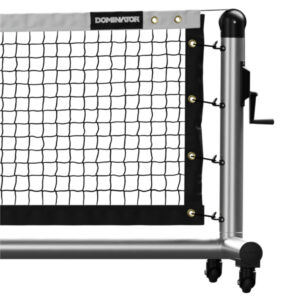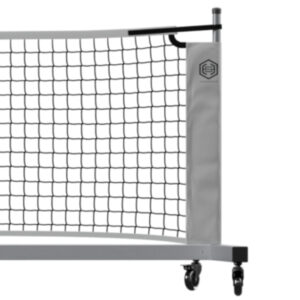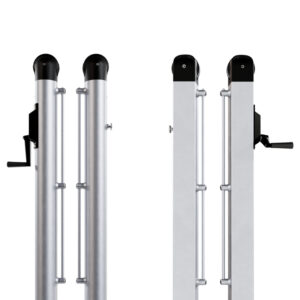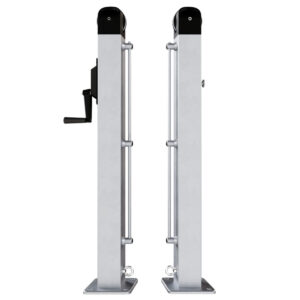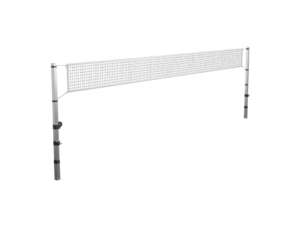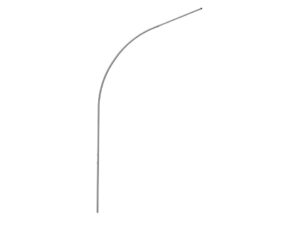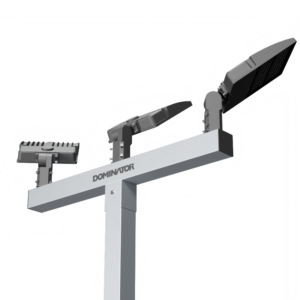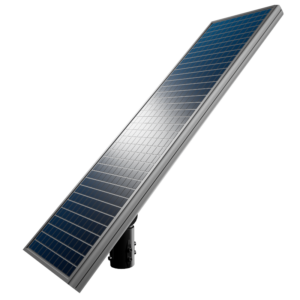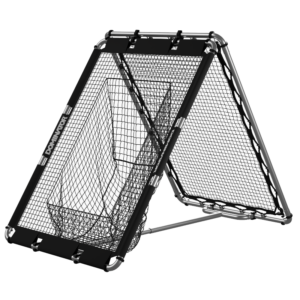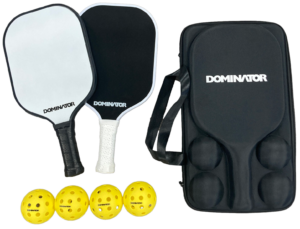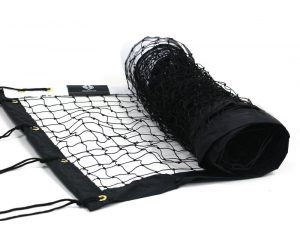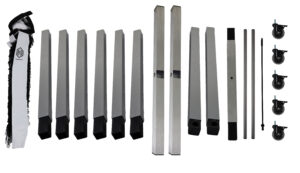Basketball
Lighting Up the Game: How to Light Up a Basketball Court
Playing sports involves more than physical skill; it also demands focus and clarity to make it on the court. For competitive sports, where every move counts, great lighting on an outdoor court can elevate your game.
With proper basketball court lighting, every player can truly see the action on the court and perform at their best—whether shooting hoops for fun or competing in a high-stakes game.
A great lighting setup not only gives you extra playing time but also improves safety and performance. Here’s how to light up a basketball court to create the ideal court environment, from choosing the best fixtures to finding the right placement for a well-lit playing experience.
How to Light Up Your Basketball Court Like a Pro
If you’re a basketball enthusiast who loves the thrill of the game, you know proper outdoor basketball court lighting can make or break your game. To help you make an informed choice for your particular court, keep these considerations in mind as you explore sport court lighting:
- Fixture Options: Different lighting fixtures offer unique selling points and drawbacks to consider.
- Illumination Levels: Your chosen lighting should give you sufficient, uniform lighting across the court.
- Glare Control: To avoid impaired visibility, fixtures with proper shielding and optics create a safe, comfortable environment on the court.
- Color Rendering: High-quality lighting with color rendering accuracy makes it easier for players to differentiate between colors on the court, including team uniforms and boundary lines.
- Simple Maintenance: Lighting systems need ongoing upkeep for long-term performance, and every system has its own maintenance needs.
- Energy Efficiency: Some energy-efficient lighting systems can help reduce operating costs while still providing adequate illumination.
3 Steps to Your Perfect Sports Lighting Setup
Do you need to upgrade your sports court lighting? Are you starting from scratch to equip your outdoor basketball court with lights? Whatever your starting point, this step-by-step sports lighting design guide will help you master your setup:
-
Consider Your Court
The first key element in the design of your sports lighting system is your court’s specific characteristics. Different playing areas will have different lighting requirements. Consider these aspects of your playing area:
- The exact measurements and dimensions—by length and width—of the playing area
- The layout of your court, including obstructions that impact light distribution
- Areas that have greater exposure to weather elements
- Any reflective surfaces, e.g., adjacent buildings, foliage, nearby water features, or surrounding walkways with a glossy finish
This is the information required to determine the type and amount of lighting needed to illuminate your basketball court effectively.
-
Calculate Lighting Requirements
There are no strict formulas for calculating requirements for sport court lighting, but industry standards and regulations are valuable references as you plan a safe, effective setup.
Organizations such as the Illuminating Engineering Society (IES) provide guides for sports lighting design—even for lighting pickleball courts—that specify luminance levels measured in foot-candles (fc) or lux (lx). Here’s what these guidelines recommend:
- For basketball courts, recommended illumination levels range from 50–200 fc based on the level of play.
- Uniform lighting across playing surfaces should minimize shadows and glare for the best visual performance.
- Proper fixture aiming, mounting heights, and luminaire distributions minimize glare and maximize visual clarity.
- Precise color rendering according to a specific index provides exceptionally natural color representation.
By consulting lighting professionals or using dedicated design tools, you can calculate your lighting requirements in a way that considers court conditions to maintain consistent visibility.
-
Explore Available Options
If your court already has lighting, simply assess the upgrades and adjustments you need to improve your setup. If you’re starting from scratch, here are things you really need to consider as you furnish your basketball court with lights:
- Lighting Technology: You’ll need a clear idea of what your court needs as far as brightness, durability, and installation options for your fixtures.
- Number and Placement: Use lighting design software or ask an expert to calculate the number of fixtures needed and where they’ll be positioned.
- Realistic Budget: Determine how much you can spend on your lighting installation while taking into account the cost of fixtures, wiring, installation, and ongoing maintenance.
There are plenty of options to choose from for sport court lighting—it all hinges on your specific requirements and preferences to find the right fit.
5 Types of Top-Grade Sport Court Lighting
If you’re looking for energy efficiency, excellent illumination, and customizable lighting solutions, these lighting options have you covered:
-
Metal Halide Lights
For many years, metal halide lights have represented the go-to solution for outdoor court lighting. They’re known for emitting brilliant, white light that closely mimics the clarity of natural daylight, and have earned their place as a preferred choice—especially for illuminating vast outdoor courts thanks to their remarkable high-intensity output.
Metal halide lights provide consistent and uniform illumination to every corner of the court, enhancing visibility and player safety during low-light matches. With their longevity and efficiency, metal halide lights are a reliable and cost-effective choice for outdoor court lighting, providing players and spectators alike with an exceptional experience well into the future.
Pros
- Excellent brightness and color rendering
- Ideal for competitive play with precise visibility
- Exceptional longevity, requiring fewer replacements
Cons
- Slow warm-up time, ranging from 5–10 minutes
- Higher energy costs over time
- Requires a ballast for operation
- Costly to replace when they reach the end of their lifespan
- Environmental concerns due to harmful components, making disposal challenging
-
High-Pressure Sodium (HPS) Lights
High-pressure sodium (HPS) lights are highly praised for their remarkable efficiency and impressive longevity. They efficiently convert electrical energy into visible light, making them a cost-effective lighting solution. HPS lights are designed to have a long lifespan, reducing the need for frequent replacements and maintenance.
HPS lights emit a warm, yellowish light many players find comforting. This unique, warm glow not only promotes a welcoming atmosphere for extended play on outdoor courts, but also reduces glare to enhance focus and visual comfort during matches.
As a result, HPS lights are preferred for their balance of energy efficiency, durability, and player comfort in outdoor court lighting.
Pros
- High energy efficiency
- Long lifespan, reducing maintenance costs
- Good for recreational play and general lighting
Cons
- Limited color rendering, affecting visibility
- Longer warm-up time compared to LED
- Warm color may not suit everyone’s preferences
-
LED Lights
Over the past few years, the world of outdoor court lighting has seen a shift with the widespread adoption of LED lights. They have become the preferred choice for many court owners due to their exceptional energy efficiency, versatile customization options, and stellar performance.
LED lights represent a new era of sustainability and cost-effectiveness, boasting an extended lifespan that reduces maintenance costs and consumes significantly less energy than traditional lighting sources. LEDs are also highly customizable, allowing court operators to adjust brightness and color temperature and even incorporate smart lighting controls for tailored experiences.
LED lights simply redefine performance, producing a vibrant, high-quality light enhancing visibility and color rendering so players can perform at their best no matter the time of day or night—establishing them as the top choice for sports court lighting.
Pros
- Instant illumination with no warm-up time
- Highly energy-efficient, reducing operational costs
- Customizable brightness and color temperature
- Long lifespan and low maintenance
Cons
- Higher upfront cost, but cost-effective in the long run
- May require professional installation for optimal results
4. Solar-Powered Lights
Solar-powered lights offer a sustainable lighting choice for eco-conscious court owners. Powered by solar panels, these innovative systems capture and store energy from the sun during daylight hours and convert it to electricity. This stored energy is then used to illuminate the court at night, offering a green and renewable alternative to traditional lighting options.
The advantages of solar-powered lights extend beyond sustainability. They can lead to substantial long-term cost savings by reducing electricity consumption, often requiring minimal upkeep once installed. Their ability to operate independently from the electrical grid makes them a reliable choice for remote or off-grid court locations, where connecting to the traditional power supply may be challenging or costly.
Solar-powered lights offer an eco-friendly, cost-effective, and sustainable solution that represents a commitment to green practices.
Pros
- Environmentally friendly and cost-effective in the long term
- Minimal operational costs
- Suitable for remote or off-grid court locations
Cons
- Dependent on sunlight for charging, which may limit performance on cloudy days
- Initial installation costs can be higher
5. Floodlights and/or Area Lights
In terms of lighting configuration, you have a choice between two primary options: floodlights and area lights, each serving distinct purposes and offering unique benefits:
- Floodlights: With their concentrated and directional beams, floodlights are a particularly good fit for illuminating specific focal points or objects. Think of key areas of the court (like hoops) where players need to see clearly, or think of highlighting specific architectural features. They provide intense, focused illumination, much like a spotlight on the court during games or events. Keep in mind these may create shadows in certain situations.
- Area Lights: Area lights provide a more widespread and uniform distribution of light, which is best for overall court illumination. These lights are designed to spread light evenly across the whole court, ensuring consistent brightness and fewer shadows. They are especially useful for creating a safe, well-lit environment in situations where the entire surface must be illuminated.
Deciding between floodlights and area lights depends on the intended use of the court and the desired effects. Whichever way you go, you can tailor the lighting arrangement to meet your specific requirements effectively.
Revamp Your Basketball Court with Lights That Boost Gameplay
Lighting is one of the most vital elements for a great outdoor basketball experience. Ultimately, your choice for outdoor basketball court lighting revolves around your specific needs, budget, and personal taste.
Whether you prefer the powerful brightness of metal halide, the energy efficiency of LED, the comforting warmth of HPS, the eco-friendly appeal of solar-powered lights, or the strategic arrangement of floodlights/area lights, we have a fantastic solution tailored just for you.
The right lighting choice keeps your game going long after sunset. If you’re looking to boost your game and atmosphere further, explore our outstanding outdoor lighting options—we have a great deal waiting for you. Find an installer today!
